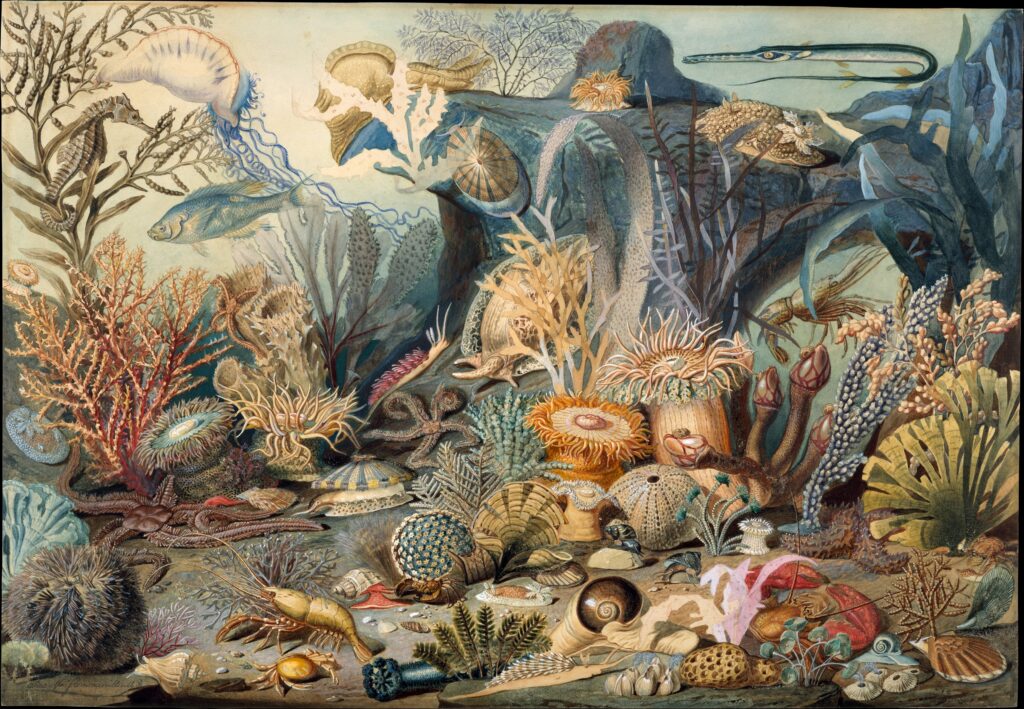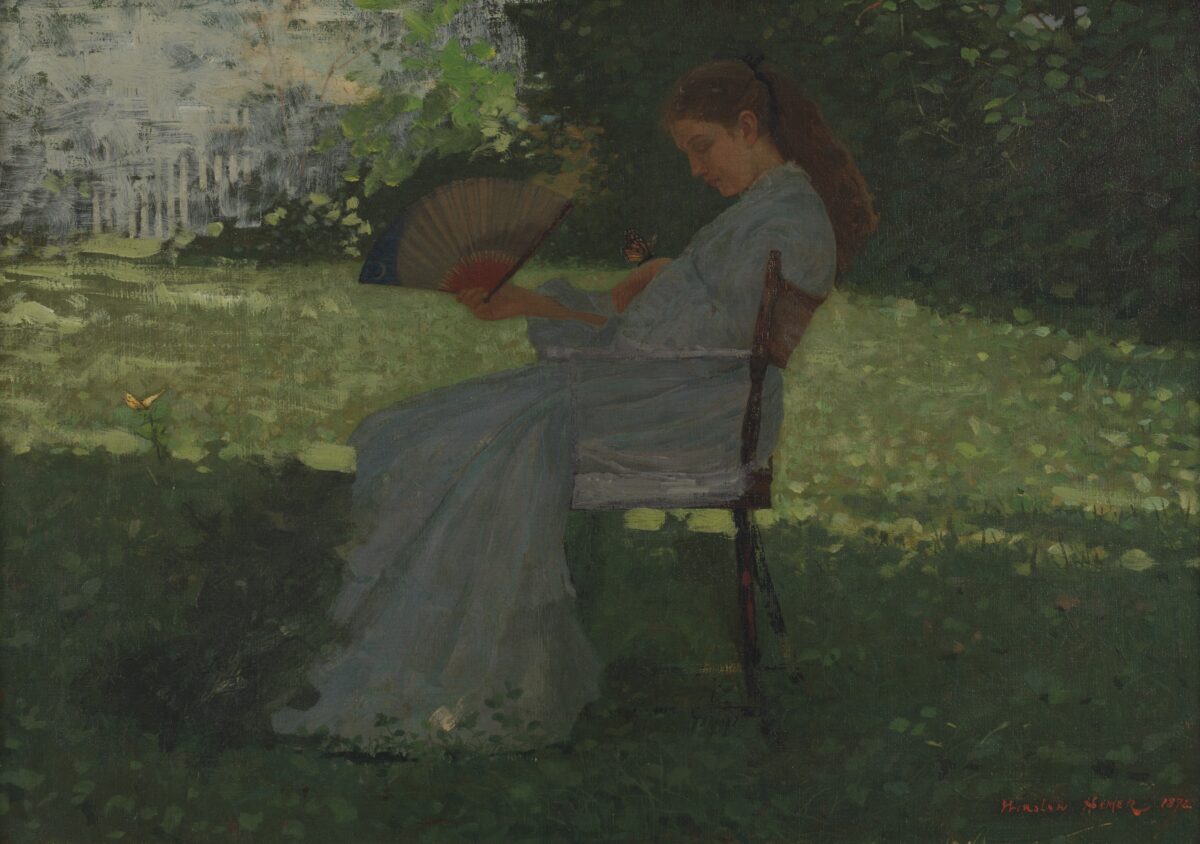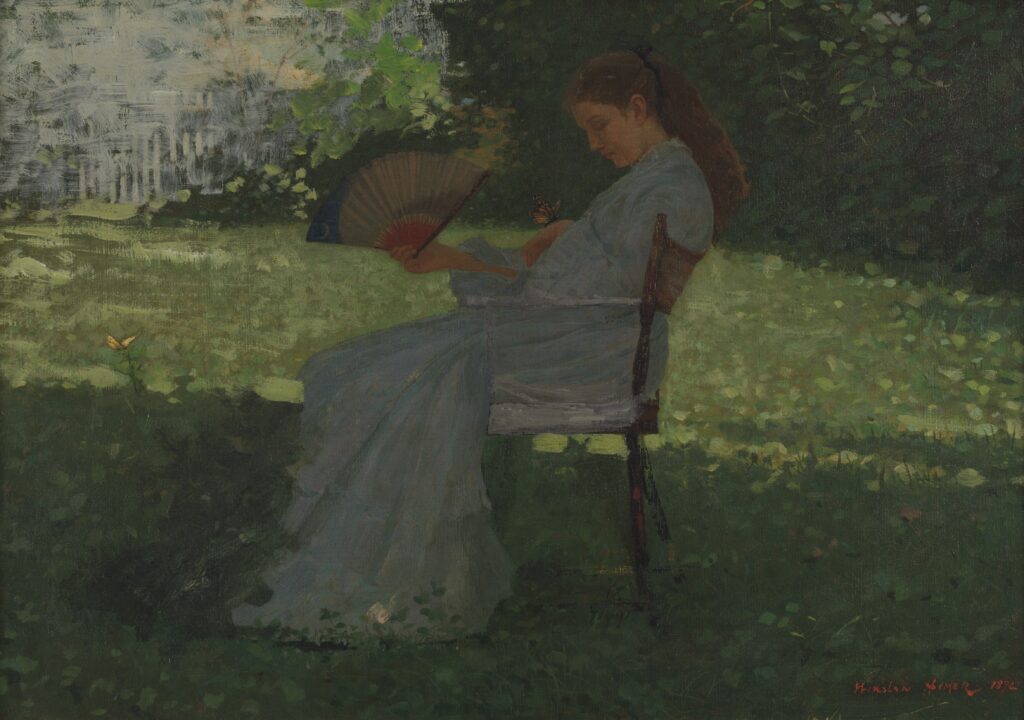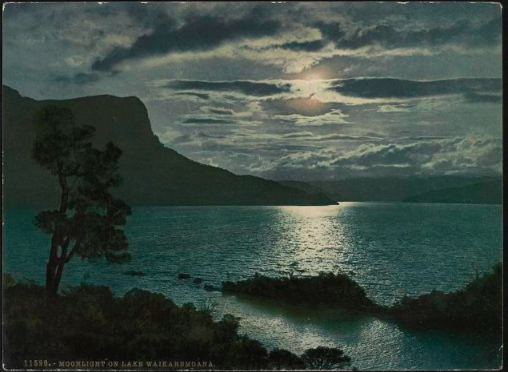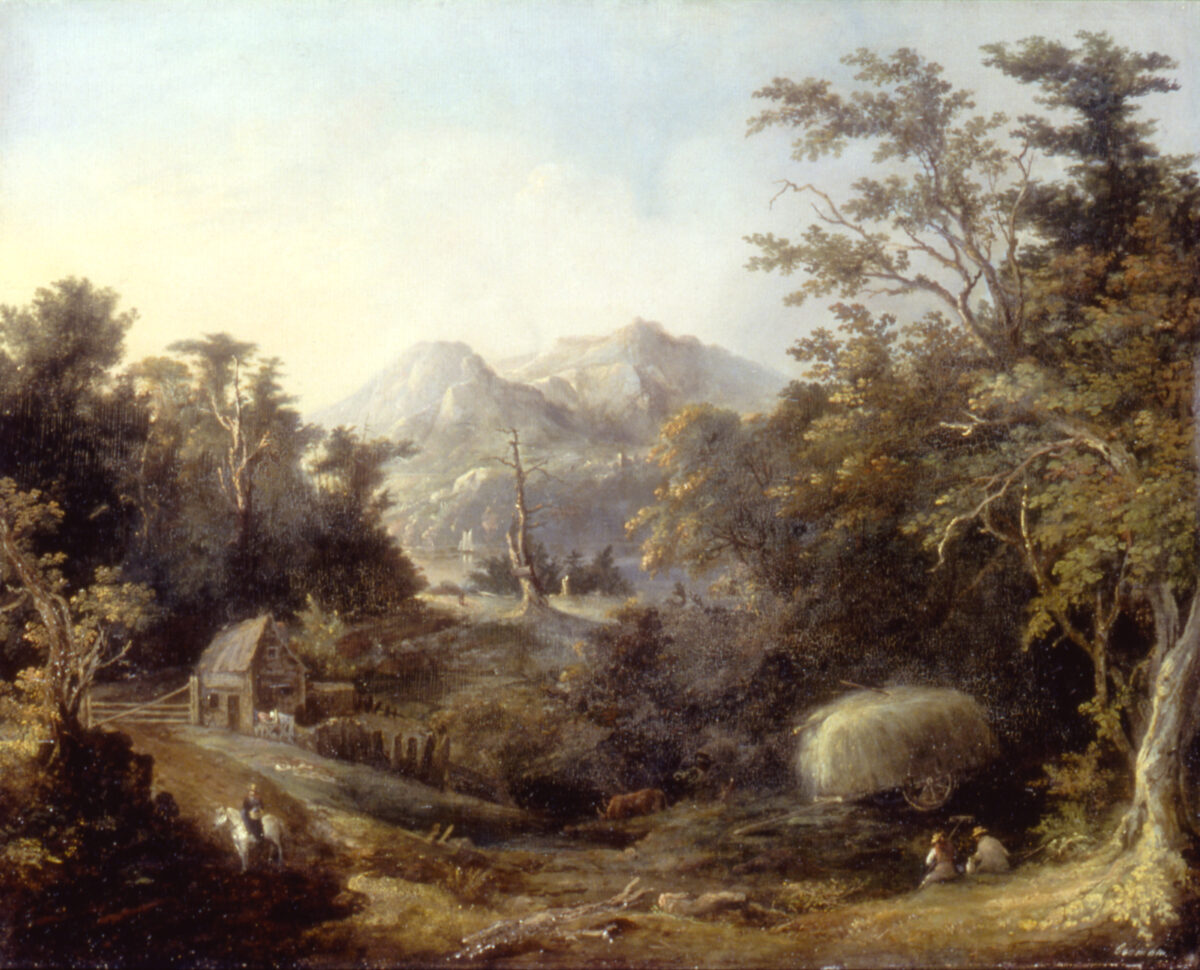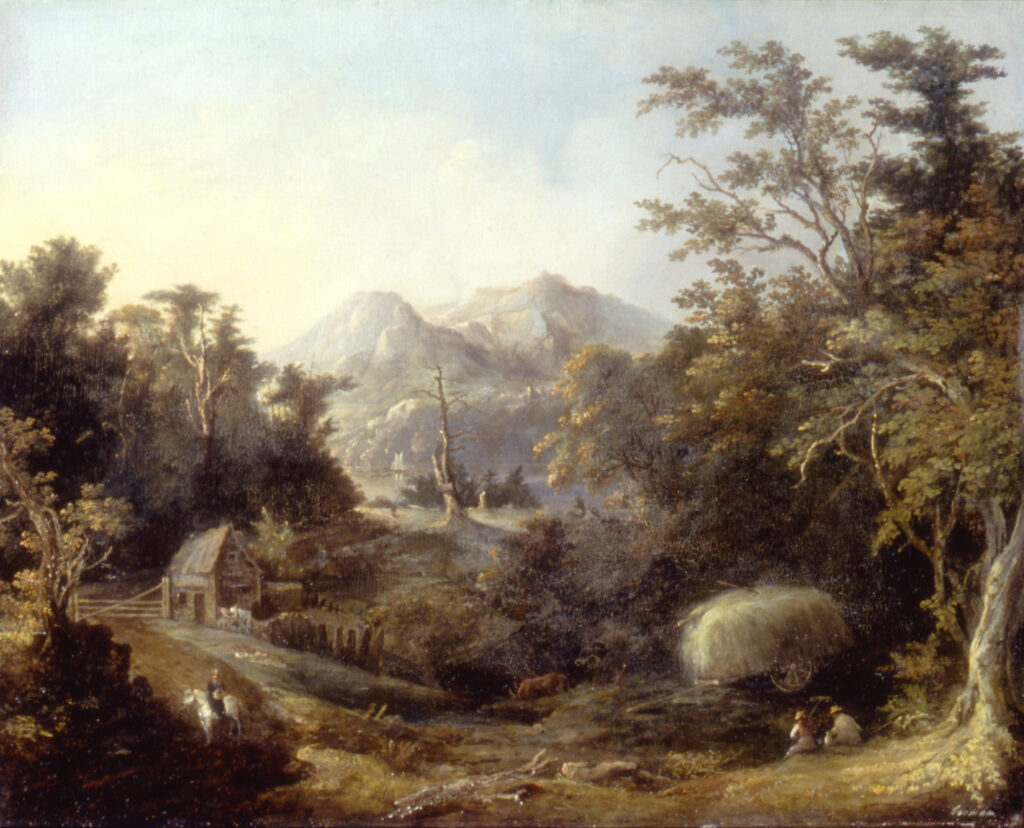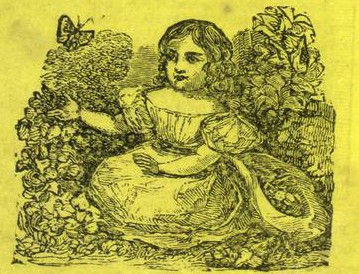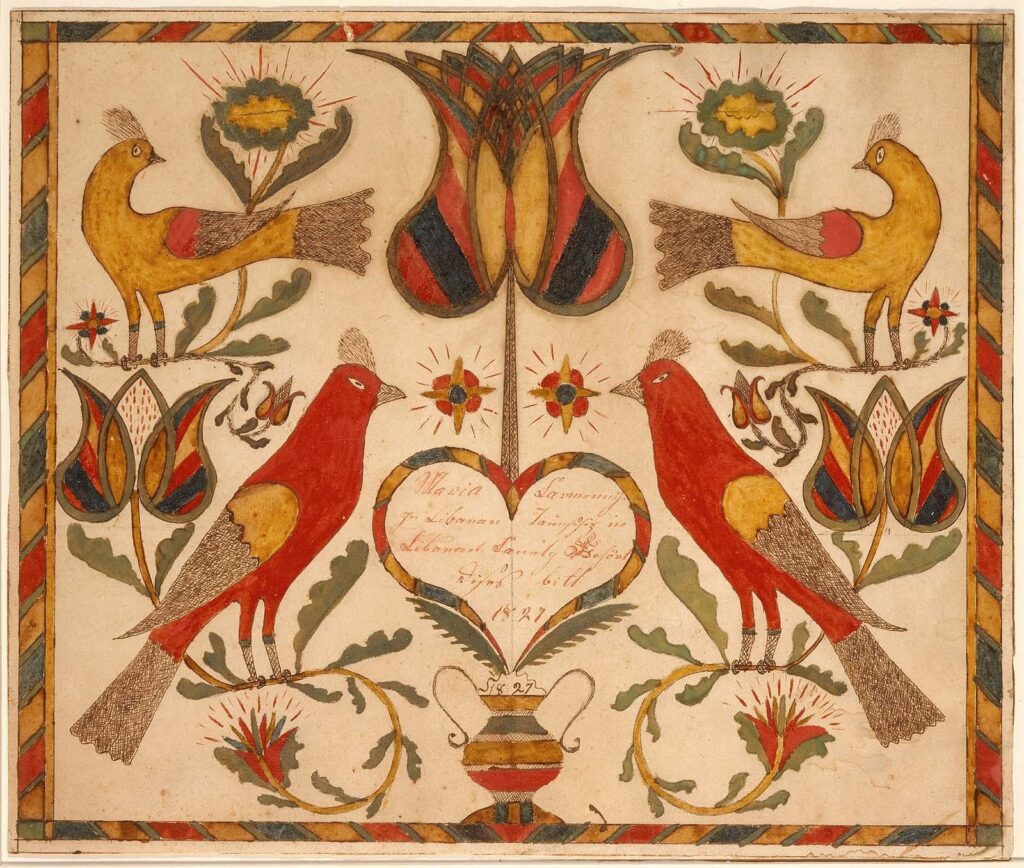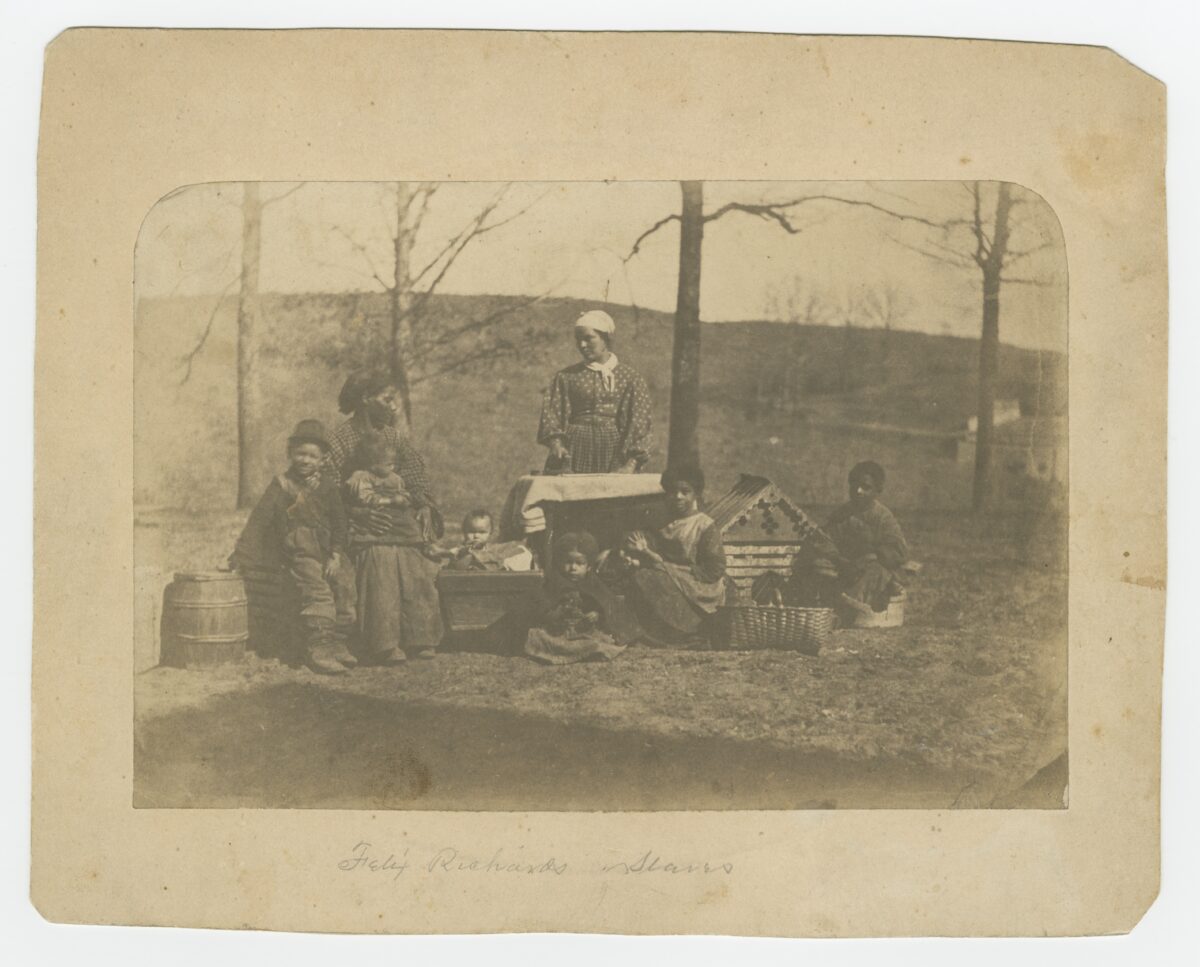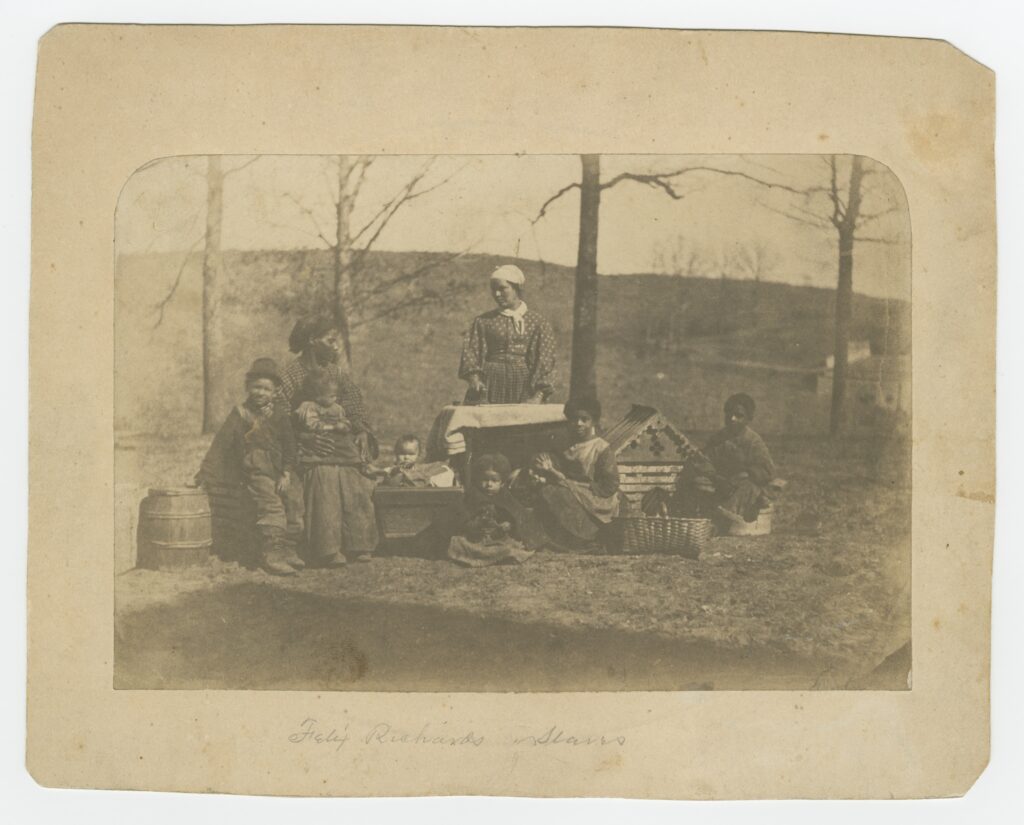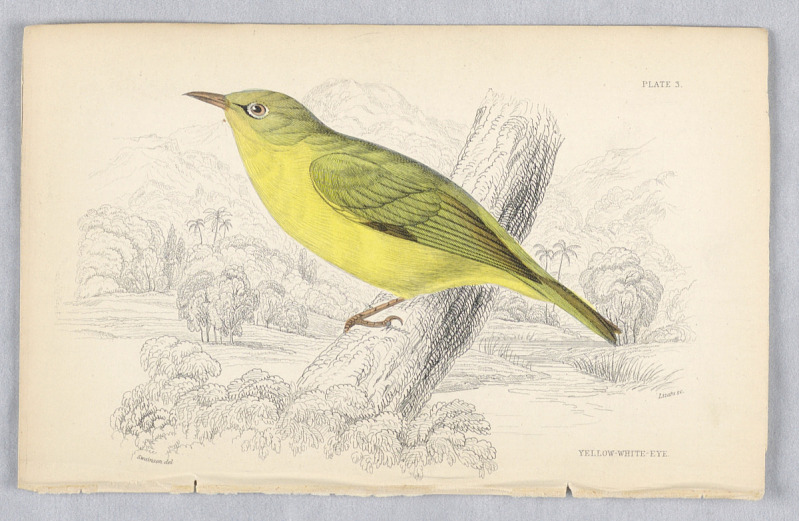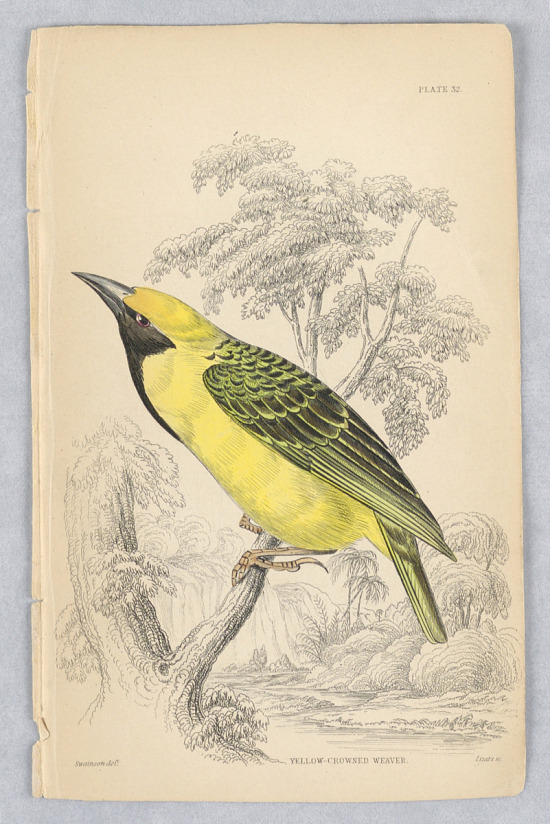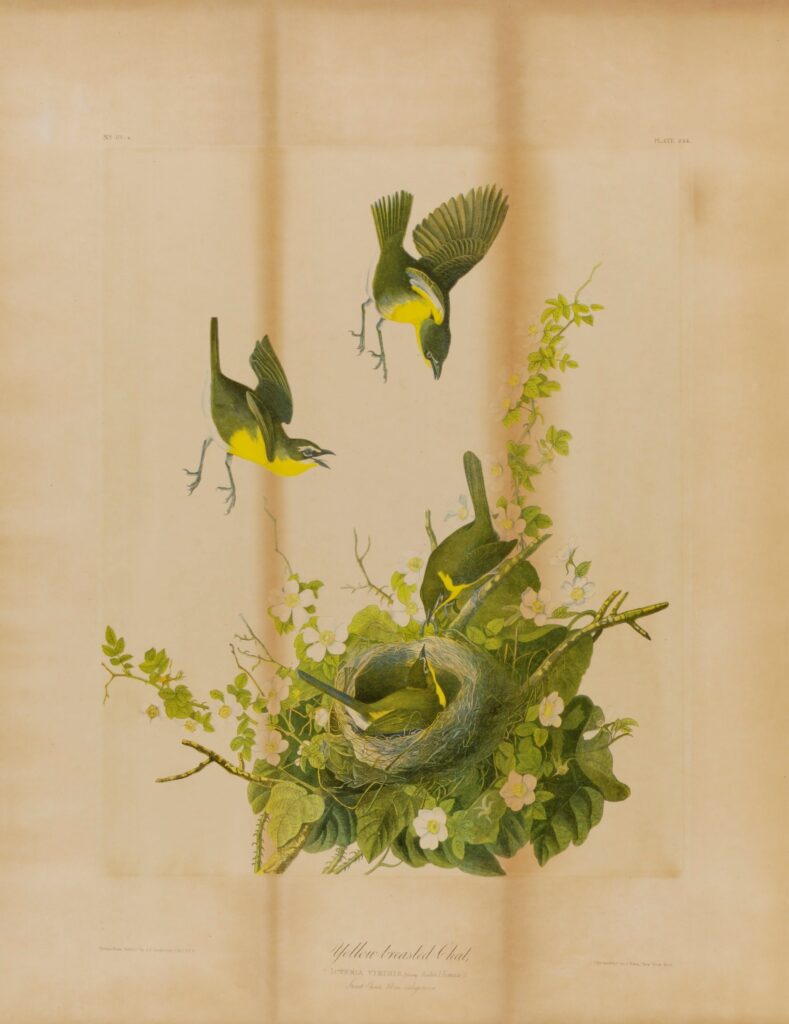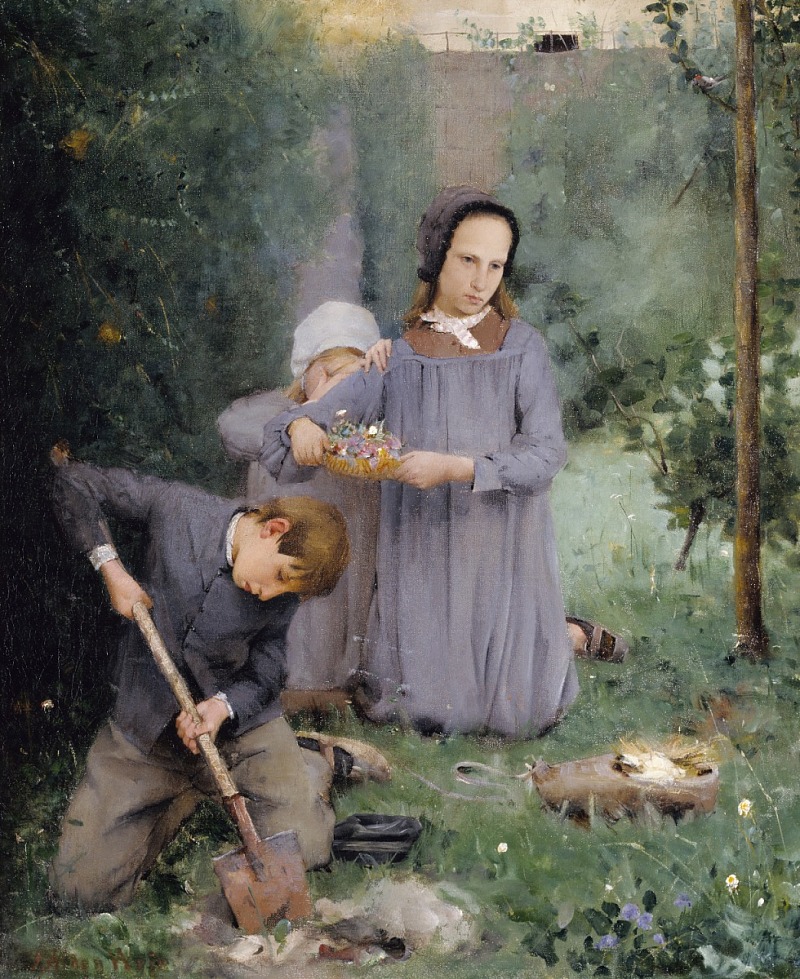The Wild Pigeon of America
By John James Audubon
Annotations by Josh Benjamin

The wild pigeon of America, or, as it is often called, the passenger pigeon, is sixteen inches long, and twenty-four in extent. In the spring, multitudes of these birds are seen on the wing, speeding to the northern and western regions of the continent. Here, in the extensive forests, they collect in vast companies, and devote themselves to the rearing of their young. They build their nests in the tops of trees, and such is the almost incredible multitude sometimes assembled at a particular place, that they break the branches of the trees by their weight, and desolate the forest for miles around.
Towards autumn, these birds with the young ones now added to their number, set out for their return to the southern latitudes to spend the winter. The flocks that are sometimes seen, particularly in the Western States, contain many millions. A continued stream, for several miles in width, and many hours in duration, is often seen to pour along the air, sweeping forward with almost incredible swiftness. When the roosts of these birds are first discovered, the inhabitants from a considerable distance visit them in the night, with guns, clubs, pots of sulphur, and various other engines of destruction. In a few hours they fill many sacks, and load their horses with them. By the Indians a pigeon roost, or breeding place, is considered an important source of national profit and dependence for that season; and all their active ingenuity is exercised on the occasion.
The migrations of these birds are thus noticed by Mr. Audubon. “Their great power of flight enables them when in need, to survey and pass over an astonishing extent of country in a very short time. This is proved by facts known to the greater number of observers in America. Pigeons for example have been killed in the neighborhood of New York with their crops still filled with rice, collected by them in the fields of Georgia and Carolina, the nearest point at which this supply could possibly have been obtained; and, as it is well ascertained, that owing to their great power of digestion, they will decompose food entirely in twelve hours, they must have travelled between three hundred and four hundred miles in six hours, making their speed at an average about one mile in a minute, and this would enable one of these birds, if so inclined, to visit the European continent, as swallows are undoubtedly able to do, in a couple of days.”
“This great power of flight is seconded by as great a power of vision, which enables them as they travel at that swift rate, to view objects below, to discover their food with facility, and thus put an immediate end to their journey. This I have also proved to be the case, by having observed the Pigeons, when passing over a destitute part of the country, keep high in air, and in such an extensive front, as to enable them to survey hundreds of acres at once. But if on the contrary, the land is richly covered with food, or the trees with mast, they will fly low, in order to discover the portion most plentifully supplied, and upon these they alight progressively.
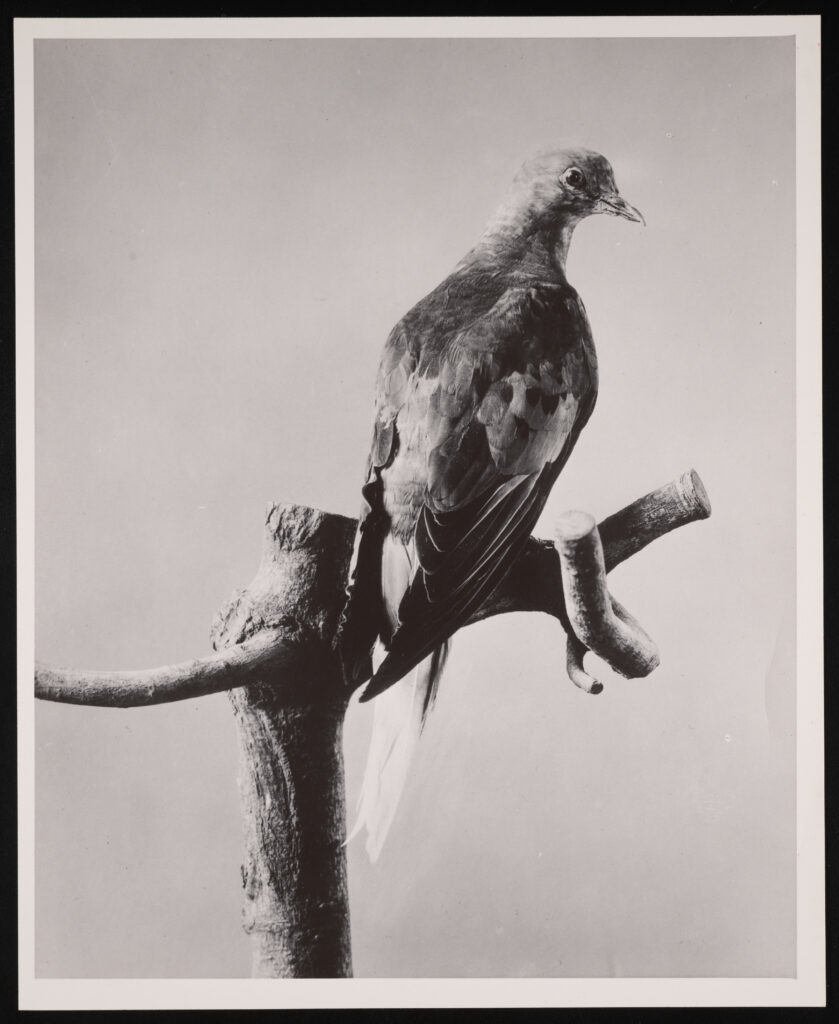
audubon, john james. “The wild pigeon of America.” Parley’s Magazine 1 (March 1833): 94-95.
Contexts
The same year this article appeared in print, Audubon believed the passenger pigeon to have the highest population of all birds in North America. There may have been as many as three billion passenger pigeons worldwide in the early 1800s, which would have made it the most numerous bird species. By 1900, no passenger pigeons were left in the wild. The bird pictured above, Martha, was the last surviving passenger pigeon, and she died in September 1914 at the Cincinnati Zoo.
Resources for Further Study
- The National Audubon Society has an excellent overview of the passenger pigeon and its extinction.
- Scientific American considers how the passenger pigeon’s genetics combined with human actions brought about its decline.
Contemporary Connections
Advancements in genetic science have sparked conversations about the possibility of de-extinction. Scientific American looks at some of the issues surrounding restoring animals, such as the passenger pigeon, and Science.org examines how de-extinction may affect conservation efforts.

